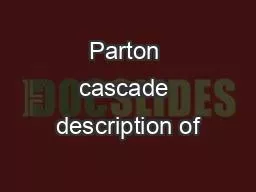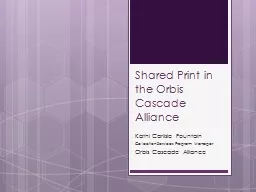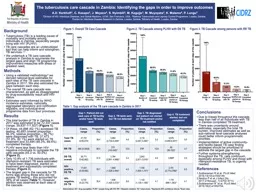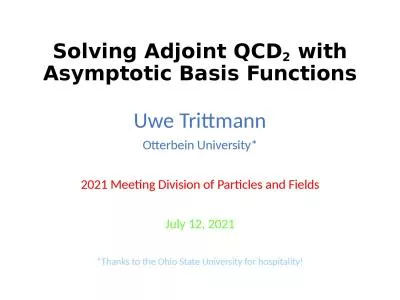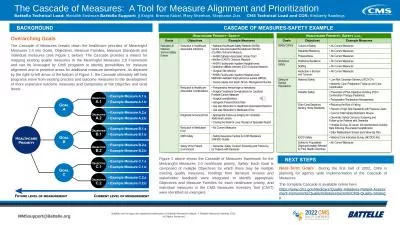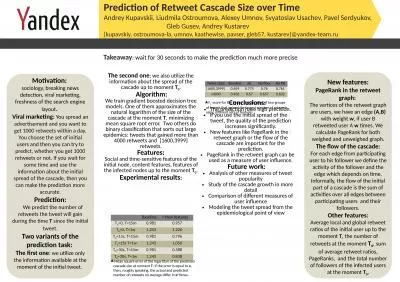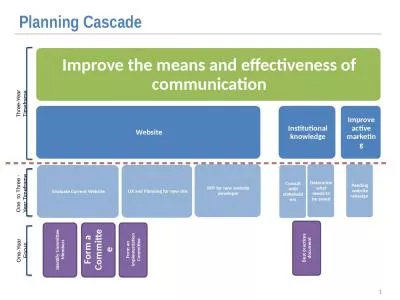PPT-Parton cascade description of
Author : festivehippo | Published Date : 2020-06-30
ultrarelativistic heavyion collisions O bservables at RHIC and LHC elliptic flow jets heavy quarks D ynamical description micro or transport dynamics T ransport
Presentation Embed Code
Download Presentation
Download Presentation The PPT/PDF document "Parton cascade description of" is the property of its rightful owner. Permission is granted to download and print the materials on this website for personal, non-commercial use only, and to display it on your personal computer provided you do not modify the materials and that you retain all copyright notices contained in the materials. By downloading content from our website, you accept the terms of this agreement.
Parton cascade description of: Transcript
Download Rules Of Document
"Parton cascade description of"The content belongs to its owner. You may download and print it for personal use, without modification, and keep all copyright notices. By downloading, you agree to these terms.
Related Documents

